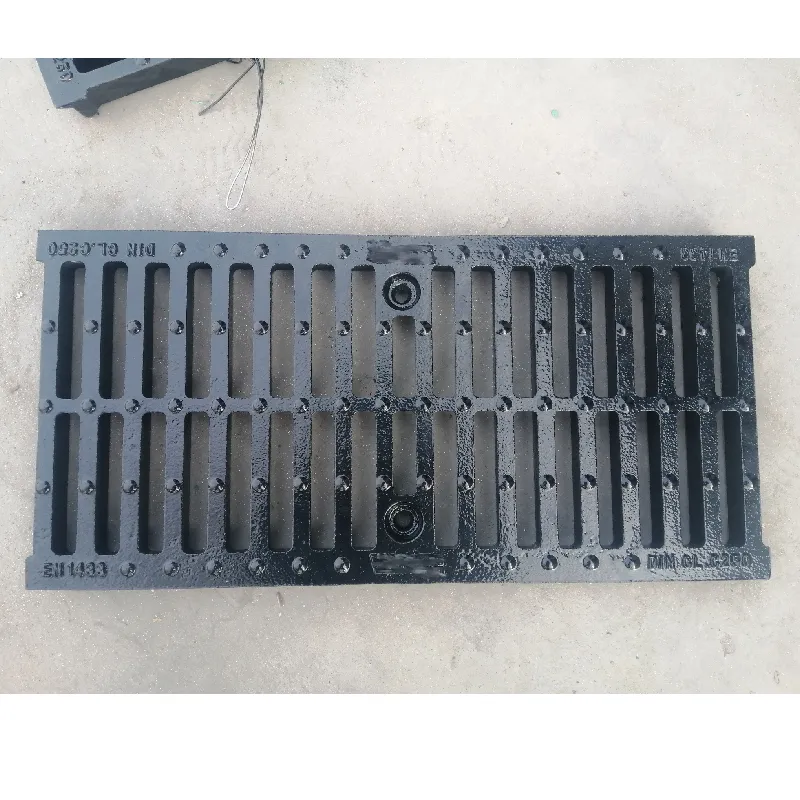Gate valve issues preventing proper opening and flow management in pipelines
Troubleshooting a Gate Valve That Won't Open
Gate valves are a crucial component in many plumbing and industrial applications, serving as key instruments for controlling the flow of liquids and gases. However, there may come a time when a gate valve won't open, causing significant inconvenience or operational delays. If you find yourself facing this issue, understanding the potential causes and solutions can help you resolve the problem efficiently.
Common Causes
1. Corrosion and Deposits Over time, gate valves, especially those made of metal, can suffer from corrosion due to exposure to moisture and other corrosive substances. Accumulations of rust and mineral deposits can gradually build up on the valve seat and stem, preventing it from opening.
2. Stuck Mechanism The mechanism inside the valve may become stuck due to lack of maintenance, dirt accumulation, or the presence of debris. A stuck valve stem can make it difficult, if not impossible, to operate the valve.
3. Pressure Issues Changes in pressure can also affect a gate valve's ability to open. If the pressure upstream is significantly higher than downstream, the valve may remain shut due to pressure differentials. Conversely, low-pressure conditions can also prevent a gate valve from fully operating.
4. Incorrect Operation Sometimes, users may not be familiar with the correct operation of the valve. It's essential to turn the valve handle in the appropriate direction (usually counterclockwise) and apply enough force to overcome any resistance.
Troubleshooting Steps
gate valve won t open

1. Visual Inspection Start with a thorough visual inspection of the valve and surrounding components. Look for signs of corrosion, leaks, or visible debris. Ensure that there are no obstacles in the way of the valve handle.
2. Lubrication If the valve appears to be stuck, try applying a lubricant directly to the stem and moving parts. A penetrating oil can help loosen rust and debris that may be causing the valve to seize.
3. Gradual Force If the valve still won’t budge, apply gradual force when attempting to turn the handle. It’s important not to force it too hard, as this could damage the valve. If necessary, use a valve wrench for added leverage.
4. Check Pressure Assess the pressure on both sides of the valve. If there’s a significant imbalance, it may be necessary to equalize the pressure or vent the system before attempting to open the valve again.
5. Consult a Professional If all else fails, it may be prudent to consult with a plumber or valve specialist. They can offer expert advice and service, and if necessary, replace the valve entirely if it has reached the end of its operational life.
Conclusion
A gate valve that won’t open can be a frustrating problem, but understanding the reasons behind it and following systematic troubleshooting steps can help you resolve the issue. Regular maintenance, including lubrication and inspections, can significantly extend the life of your valve and prevent similar issues in the future. By staying proactive, you can ensure your gate valve functions effectively, keeping your systems running smoothly.
-
The Smarter Choice for Pedestrian AreasNewsJun.30,2025
-
The Gold Standard in Round Drain CoversNewsJun.30,2025
-
The Gold Standard in Manhole Cover SystemsNewsJun.30,2025
-
Superior Drainage Solutions with Premium Gully GratesNewsJun.30,2025
-
Superior Drainage Solutions for Global InfrastructureNewsJun.30,2025
-
Square Manhole Solutions for Modern InfrastructureNewsJun.30,2025
-
Premium Manhole Covers for Modern InfrastructureNewsJun.30,2025
